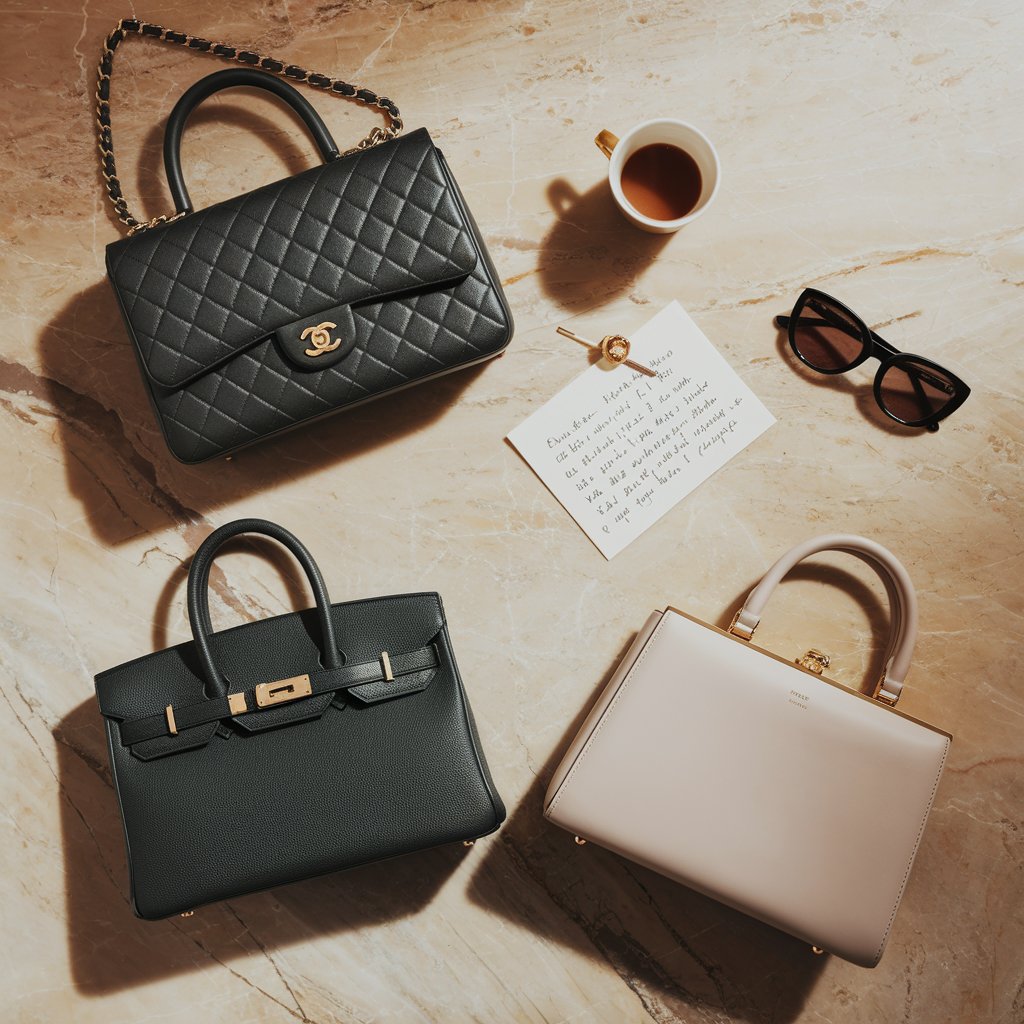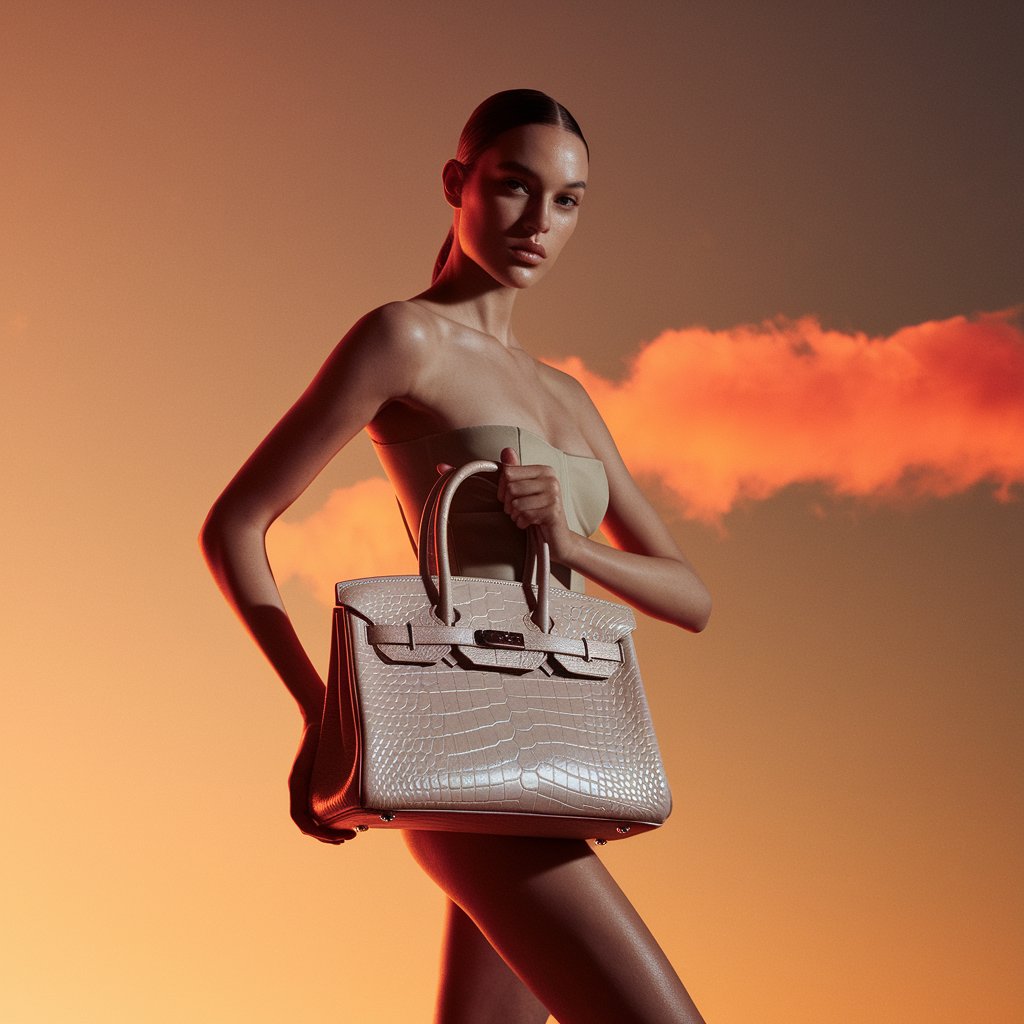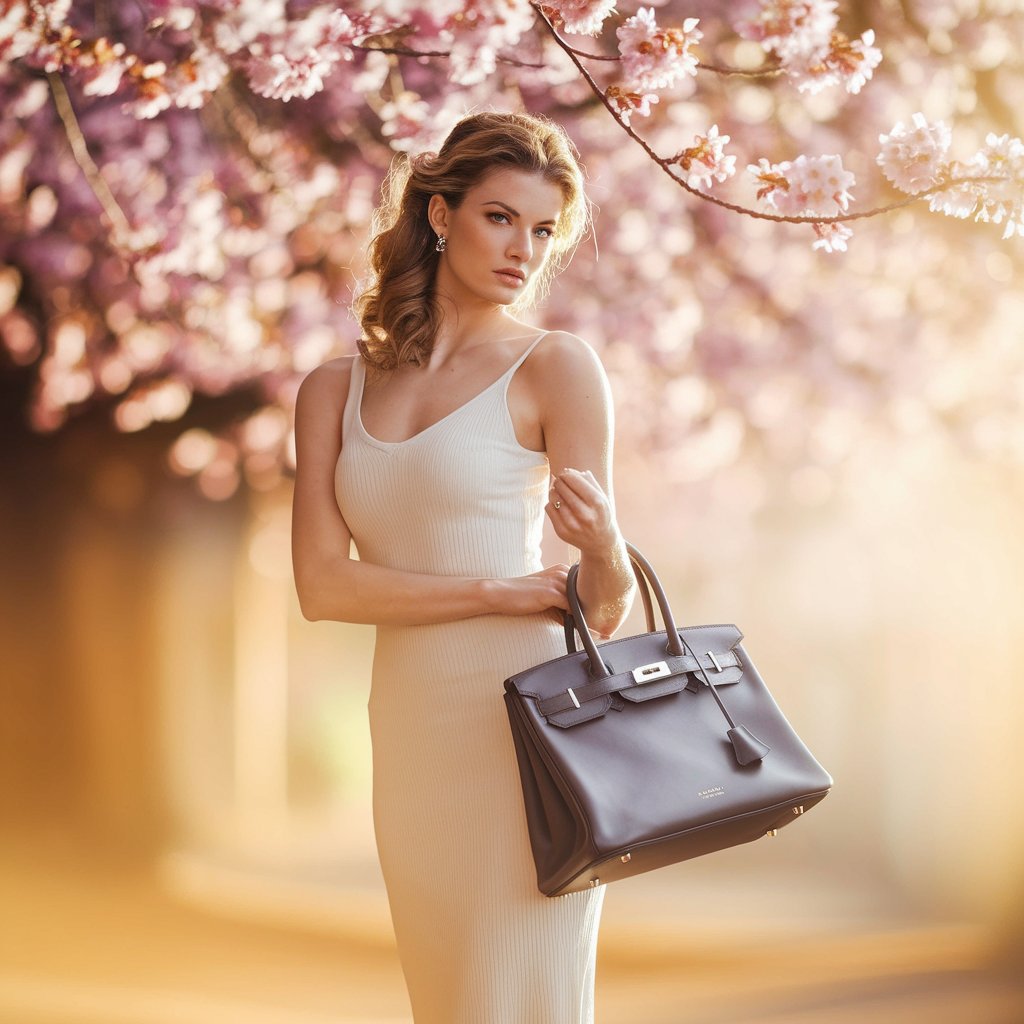The luxury handbag market has long been a symbol of wealth, exclusivity, and desire — a whisper of dreams carried in leather and gold. Brands like Chanel, Hermès, Louis Vuitton, and Dior have spun stories that invite us to believe in magic and prestige. But lately, that magic comes with a price tag that feels more like a barrier than an invitation. The Chanel Classic Flap bag, once a milestone for those who dared to dream big, has surged by around 60%, transforming an emotional aspiration into a cold investment comparable to the price of a car. For many, this forces reflection, tugging at heartstrings and logic alike.
Why Are Prices Increasing?
Luxury brands explain price hikes with polished phrases: rising costs, exceptional craftsmanship, exclusivity. But beneath these justifications lies something less romantic — strategy. Chanel’s increases mirror its quest to stand shoulder to shoulder with Hermès, wrapping scarcity and price in a narrative of ultimate desire. This tactic isn’t just business; it manipulates longing, making us question whether we’re buying beauty or surrendering to carefully orchestrated hunger.
The Impact on Aspirational Consumers
The dreamers — those who saved, planned, and stretched for that first luxury piece — now find themselves on the outside, peering through an ever-thickening glass wall. The $10,000 price tag on a handbag doesn’t just challenge wallets; it wounds confidence. Are we still chasing art and quality, or simply clinging to social validation? The emotional shift is palpable, driving some toward second-hand treasures and others to brands that feel more honest, more attainable.
The Pre-Owned Market as a Solution
For those unwilling to abandon the dream entirely, the pre-owned market offers hope and renewal. Each vintage bag carries whispers of past stories, waiting to become part of someone else’s journey. Platforms like The RealReal and Fashionphile are not just commercial spaces but marketplaces of continuity, where style transcends seasons, and buyers rediscover value without surrendering to exploitation.
The Rise of Luxury Rentals
Imagine the joy of carrying a coveted bag without the burden of ownership. Luxury rentals — from companies like Vivrelle and Bag Borrow or Steal — transform indulgence into fleeting romance. It’s the freedom to feel extraordinary for a moment without chaining oneself to a financial weight. This evolving mindset champions experiences over accumulation and teaches that beauty can be borrowed, enjoyed, and returned.
Alternative Brands and Independent Designers
Some turn away from towering logos, seeking instead the authenticity of small brands where craftsmanship is personal, and designs reflect individuality. Names like Polène and Senreve offer not just bags but stories with heart and integrity. These brands remind us that luxury should feel intimate, not imposed; a quiet celebration rather than a shouted status.
Walking Away from the Cycle
Others go further still, stepping off the carousel entirely. They redirect energy and finances toward homes, memories, and education — investments that enrich the soul. Choosing to walk away from the relentless pursuit of designer status is not surrender; it’s courage. It’s the realization that self-worth is not stitched into monograms.
Handbags as Investment: What to Know
For those who still see handbags as more than indulgences, knowledge becomes armor. Understanding market trends and discerning which pieces hold value transforms emotional spending into strategic action. The Hermès Birkin and Kelly are legends in this space, their worth rising steadily. But even these icons require wisdom and patience — for not all that glitters is destined to endure.
Timing and Smart Purchases
Timing matters. Buying during strategic periods, hunting for limited editions, or leveraging tax advantages can soften the financial blow. But even the cleverest timing cannot outpace brands’ tightening control. Ultimately, smart purchasing is less about loopholes and more about listening — to both market signals and one’s inner compass.
Brand Strategy and Consumer Alienation
Luxury brands risk becoming too distant, too cold, forgetting that dreams thrive on connection, not just price. The aspirational consumer — once their loyal supporter — may walk away, feeling used rather than valued. The consequences? Brands could lose the very heartbeat that fueled their rise: the dreamers who dared to believe.
Economic Trends and Inequality
The escalation in prices reflects growing economic divides. For the ultra-rich, higher prices deepen allure. For others, they highlight exclusion. This widening chasm isn’t just economic; it’s emotional. It reveals who is welcomed and who is left knocking at the door.
Questioning Motivations
Each prospective buyer must face an intimate question: Why do I want this? Is it for artistry, heritage, or fleeting approval? True luxury should spark joy and pride, not insecurity or regret. Understanding one’s motivations transforms purchases from hollow conquests into soulful acquisitions.
Redefining Luxury
Real luxury lies in authenticity. It might be found in a handcrafted piece from an artisan, a vintage treasure with stories embedded in its stitching, or even in simplicity itself. When luxury reflects personal values rather than external narratives, it becomes a quiet triumph.
Financial Planning and Discipline
The heart may yearn, but the mind must lead. Setting boundaries, creating savings goals, and planning luxury purchases thoughtfully turns desires into achievements, not burdens. Discipline does not dampen joy; it amplifies it, ensuring that indulgence is guilt-free and fulfilling.
Conclusion: Making Smart Choices
The soaring prices of designer handbags reveal more than market strategies — they expose our vulnerabilities, desires, and values. But we are not powerless. We can choose differently. Whether through pre-owned finds, rentals, supporting independent creators, or stepping away entirely, the decision belongs to each of us. The key is clarity: understanding what luxury means on our terms and refusing to let brands define our worth. In that clarity lies freedom — and perhaps, a deeper kind of luxury.



